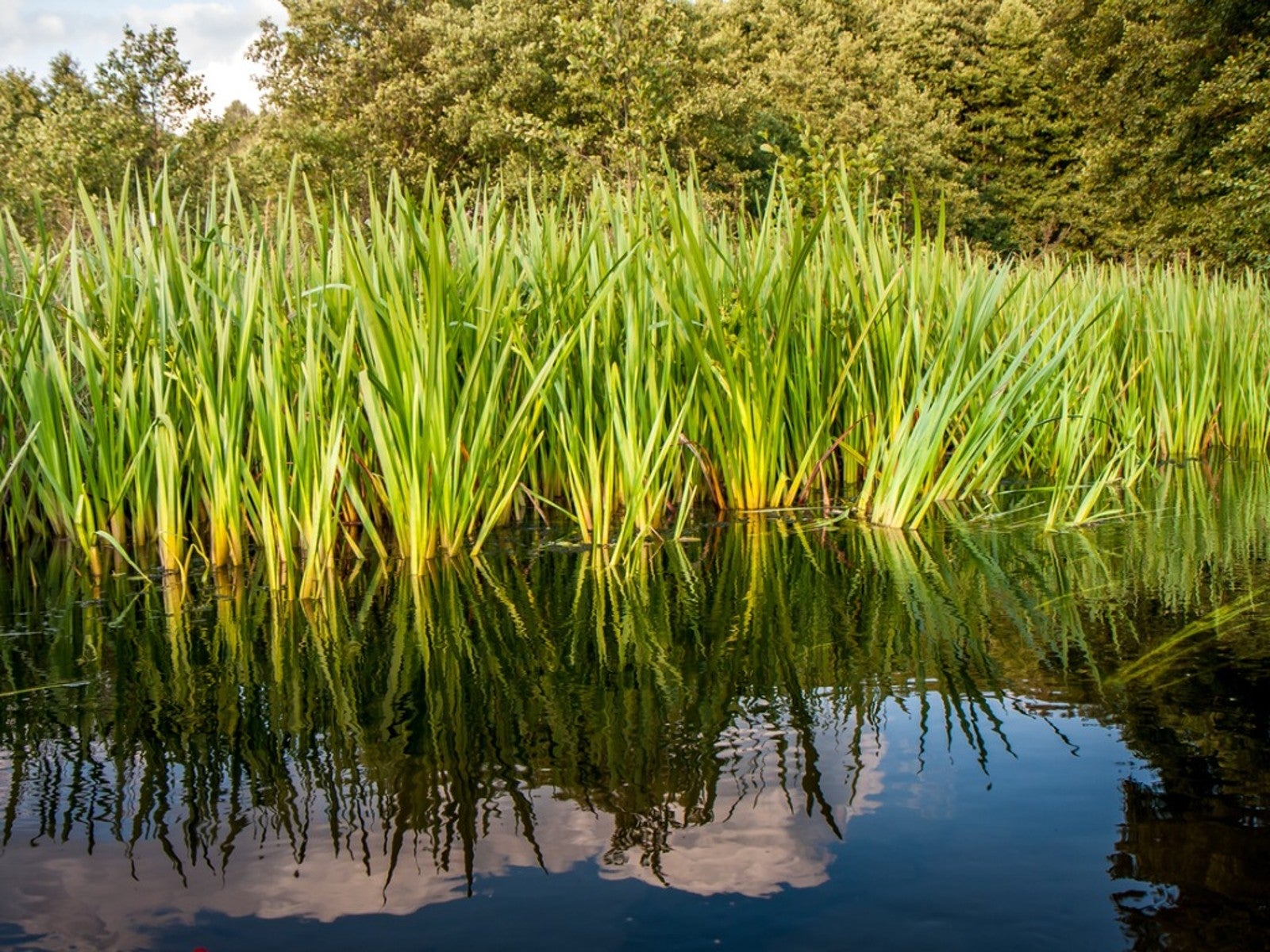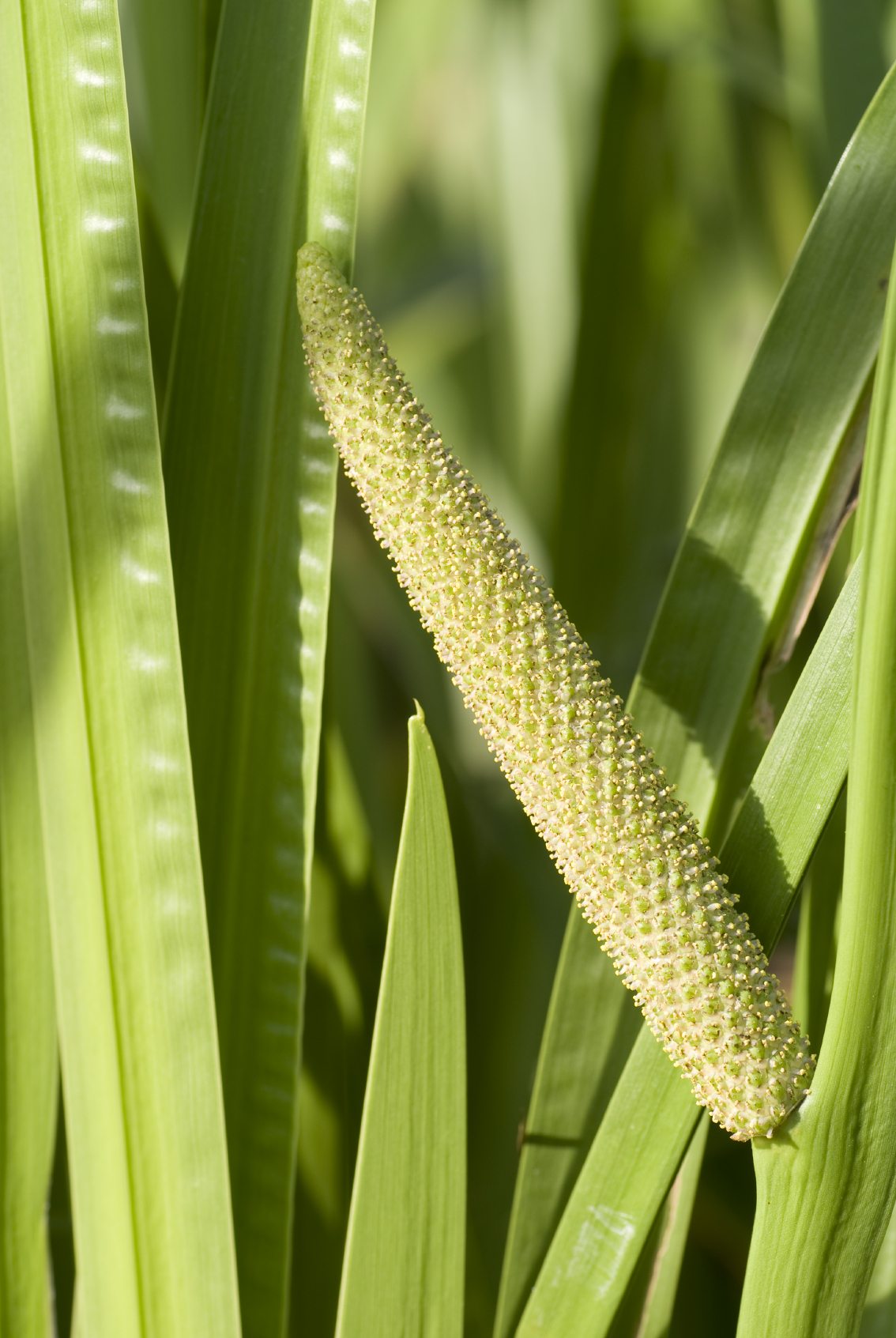Uses For Sweet Flag Plants – Learn When And How To Harvest Sweet Flag


Sweet flag, also known as calamus, is an interesting, reed-like plant that has been used for centuries for its fragrant and medicinal properties. While you can use the leaves in teas or simply bruise them for their scent, the most popular part of the plant is the rhizome, the root-like tuber that grows underground. Keep reading to learn more about how to harvest sweet flag and common uses for sweet flag plants.
Uses for Sweet Flag Plants
The most commonly used part of the sweet flag plant is its rhizome, which can be used to repel insects, scent a room, or give you something tasty and interesting to chew on. The flavor is usually described as spicy and strong, similar to ginger or cinnamon, with a bitter aftertaste. The leaves, too, can be bruised and hung around the room for their pleasant scent.
When and How to Harvest Sweet Flag
The best time for harvesting sweet flag is in spring before the new growth starts, or in autumn before the first frost.
Sweet flag likes to grow in very wet conditions, like ditches or the shallow parts of streams. This means that harvesting sweet flag is bound to be at least a little messy. In order to get to the rhizomes, dig down at least a foot (31 cm.) under the plant.
You should be able to pull a big rooty mass out of the ground. This mass is likely to be very muddy. Remove the leaves and wash the roots.
The rhizomes are about 0.75 inches (2 cm.) in diameter and covered in smaller little rootlets that can be removed. Don’t peel the rhizomes-- most of the oils are found near the surface.
Sweet flag rhizomes are best stored sliced and dried.
Gardening tips, videos, info and more delivered right to your inbox!
Sign up for the Gardening Know How newsletter today and receive a free copy of our e-book "How to Grow Delicious Tomatoes".

The only child of a horticulturist and an English teacher, Liz Baessler was destined to become a gardening editor. She has been with Gardening Know how since 2015, and a Senior Editor since 2020. She holds a BA in English from Brandeis University and an MA in English from the University of Geneva, Switzerland. After years of gardening in containers and community garden plots, she finally has a backyard of her own, which she is systematically filling with vegetables and flowers.
-
 Types Of Tomatoes Explained: Explore The Many Wonderful Shapes, Colors, Flavors, & Best Uses
Types Of Tomatoes Explained: Explore The Many Wonderful Shapes, Colors, Flavors, & Best UsesThe world of tomato varieties is vast and fascinating. Learn about the key types to grow in your garden, tailored to your preferences and space.
By Amy Grant
-
 Try The Trend – Turn Any Bed Into A Keyhole Garden With This Clever In-Ground Composter
Try The Trend – Turn Any Bed Into A Keyhole Garden With This Clever In-Ground ComposterKeyhole gardening is an efficient and sustainable practice that saves space. Get started on this DIY project quickly and easily with an in-ground composter.
By Bonnie L. Grant
